GENERAL SEALTECH LIMITED is a renowned manufacturer of high-quality diaphragms, including Solenoid Pulse Valve Diaphragms,Turbo Actuator Waste-gate Diaphragms,Rolling diaphragm,Gas meter diaphragms,Teflon / PTFE Diaphragm,Diaphragm Valve pump Diaphragms,etc. With a wide distribution network, these diaphragms are widely used in various industries around the world. They are commonly used as components of pumps, valves, and actuators, playing a crucial role in regulating fluid flow and transmission. As a flexible barrier, rubber/PTFE membranes can effectively prevent fluid or pollutants from passing between two chambers. These diaphragms can be used as static or dynamic rubber seals in various settings, including pneumatic actuator diaphragms.
| Product Name | accelerator pump diaphragm assembly |
| Materials | FVMQ,AEM,ACM,EPDM,NR,etc |
| Brand Name | GENERAL SEALTECH |
| Place of Origin | Hangzhou,Zhejiang,China |
| Product Type | Diaphragm |
| Colors | orange,Recommended black |
| Sample | Available |
| Hardness | 20~90 Shore A diaphragm for regulator |
| Packing | PE Bag+Carton |
| OEM/ODM | Acceptatble |
| Export region | Oceania,Europe,Asia… |
| Export Country | USA,France,Italy,Australia,Mozambique,Cambodia,Canada…etc |
| Properties | Cold Resistance,Heat Resistance,Steam Resistance…etc |
| Size | DN max = 2000mm, all other smaller sizes will per customer demands |
| Warranty | 1 Year |
| Function | Seal for Machine,Automotive,etc |
| After-sale Service | Online technical support |
| Certification | RoHS,FDA,KTW,EN681-1,NSF,etc |
| Packaging | carton or according to requirements of the customers |
| Lead time (days) | 7-15 (To be negotiated) |
| Supply Ability | 50000-200000 Piece/Pieces per Month |
Please note: The above table data is for reference only. For specific information, please contact us.
The design principle of a accelerator pump diaphragm assembly is to use the failure strength and failure mode of materials or structures to set personalized control strategies for a certain heat or mass transfer medium, or for the occurrence of certain flow or diffusion effects, in order to achieve specific functions or protocols.
If the medium used is corrosive, corrosion-resistant diaphragm materials should be selected;
Necessary protective measures should be taken to minimize damage to objects that come into contact with the already installed diaphragm.
Adopting the latest technology to ensure optimal material detail processing and high-quality performance.
accelerator pump diaphragm assembly—FAQs Guide
2.As a accelerator pump diaphragm assembly manufacturer,what services can we provide?
3.What are the considerations for choosing between elastomeric accelerator pump diaphragm assembly and non-elastomeric accelerator pump diaphragm assembly for specific applications?
4.Can accelerator pump diaphragm assembly be used in medical devices, and what biocompatibility standards do they need to meet?
5.As a accelerator pump diaphragm assembly manufacturer,What kind of payment do you accept?
6.Are there accelerator pump diaphragm assembly equipped with built-in sensors for real-time monitoring and feedback in automated systems?
7.Are there accelerator pump diaphragm assembly designed for use in critical industries such as aerospace and healthcare, and what unique properties do they possess?
8.Are accelerator pump diaphragm assembly available in different shapes and sizes to suit specific applications?
9.Do accelerator pump diaphragm assembly have electrical conductivity properties, and can they be used in applications requiring EMI/RFI shielding?
10.How do accelerator pump diaphragm assembly contribute to the precision and accuracy of pressure control and regulation systems?
11.Are there accelerator pump diaphragm assembly made from eco-friendly or sustainable materials for environmentally conscious applications?
12.Can accelerator pump diaphragm assembly be customized for specific applications?
13.What types of sealing mechanisms are commonly used with accelerator pump diaphragm assembly, such as clamped, bolted, or adhesive seals?
14.As a accelerator pump diaphragm assembly manufacturer,how can we guarantee quality?
15.How are accelerator pump diaphragm assembly designed to resist abrasion and wear in applications with abrasive media?
16.What are the key characteristics that make accelerator pump diaphragm assembly suitable for sealing and pressure regulation in different systems?
1.How does the thickness of a accelerator pump diaphragm assembly affect its flexibility and pressure resistance?
The thicker the diaphragm, the less flexible it will be and the more pressure it will be able to resist. This is because thicker diaphragms are more rigid and can withstand higher pressures without deforming. Thinner diaphragms are more flexible and can deform more easily under pressure, but they are also less resistant to pressure.
2.As a accelerator pump diaphragm assembly manufacturer,what services can we provide?
Free design and samples offered.Custom package and stickers.
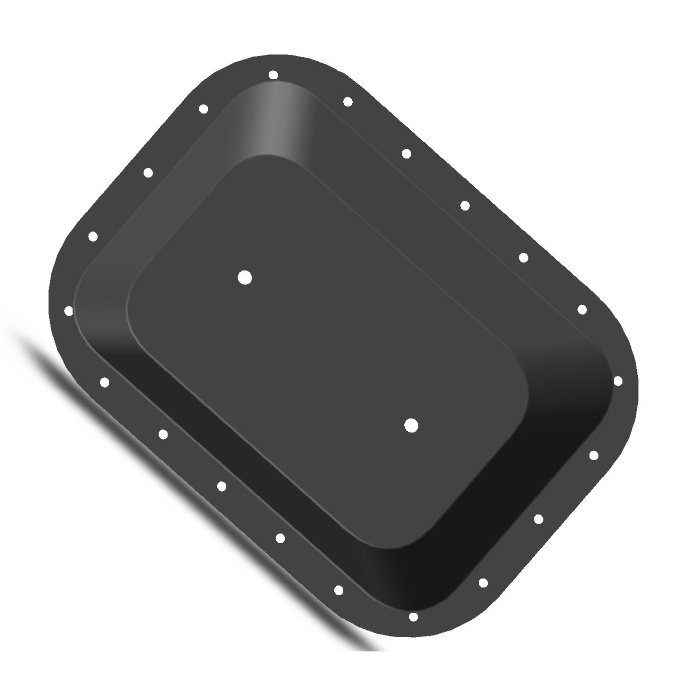
3.What are the considerations for choosing between elastomeric accelerator pump diaphragm assembly and non-elastomeric accelerator pump diaphragm assembly for specific applications?
We are a professional accelerator pump diaphragm assembly manufacturer, and the factors we consider include:
1. Cost: Elastomeric diaphragms are typically more expensive than non-elastomeric diaphragms.
2. Durability: Elastomeric diaphragms are more durable and can withstand higher pressures and temperatures than non-elastomeric diaphragms.
3. Chemical Compatibility: Elastomeric diaphragms are more resistant to chemical attack than non-elastomeric diaphragms.
4. Flexibility: Elastomeric diaphragms are more flexible than non-elastomeric diaphragms, allowing them to be used in applications where a tight seal is required.
5. Performance: Elastomeric diaphragms are better at maintaining a seal over time than non-elastomeric diaphragms.
4.Can accelerator pump diaphragm assembly be used in medical devices, and what biocompatibility standards do they need to meet?
Yes, diaphragms can be used in medical devices. The biocompatibility standards that diaphragms need to meet depend on the application and the intended use of the device. Generally, diaphragms used in medical devices must meet the requirements of ISO 10993-1, which outlines the general requirements for biocompatibility. Additionally, depending on the application, the diaphragm may need to meet additional requirements, such as those outlined in ISO 10993-5 for cytotoxicity, ISO 10993-10 for irritation and sensitization, and ISO 10993-11 for hemocompatibility.

5.As a accelerator pump diaphragm assembly manufacturer,What kind of payment do you accept?
Trade assurance, T/T, L/C, Weston Union are all accepted.
6.Are there accelerator pump diaphragm assembly equipped with built-in sensors for real-time monitoring and feedback in automated systems?
Yes, there are diaphragms equipped with built-in sensors for real-time monitoring and feedback in automated systems. These diaphragms are typically used in industrial applications such as pumps, valves, and compressors. The sensors measure the pressure and flow of the system and provide feedback to the control system to ensure the system is operating correctly.

7.Are there accelerator pump diaphragm assembly designed for use in critical industries such as aerospace and healthcare, and what unique properties do they possess?
Yes, there are diaphragms designed for use in critical industries such as aerospace and healthcare. These diaphragms are typically made from high-performance materials such as PTFE, FKM, and EPDM, which offer superior chemical and temperature resistance, as well as excellent durability and strength. Additionally, these diaphragms are designed to meet the stringent requirements of these industries, such as tight tolerances, high-pressure ratings, and low-leakage rates.
8.Are accelerator pump diaphragm assembly available in different shapes and sizes to suit specific applications?
Yes, diaphragms are available in different shapes and sizes to suit specific applications. The shape and size of the diaphragm will depend on the application and the type of material used. For example, a diaphragm made of rubber may be used for a water pump, while a diaphragm made of metal may be used for a pressure regulator.
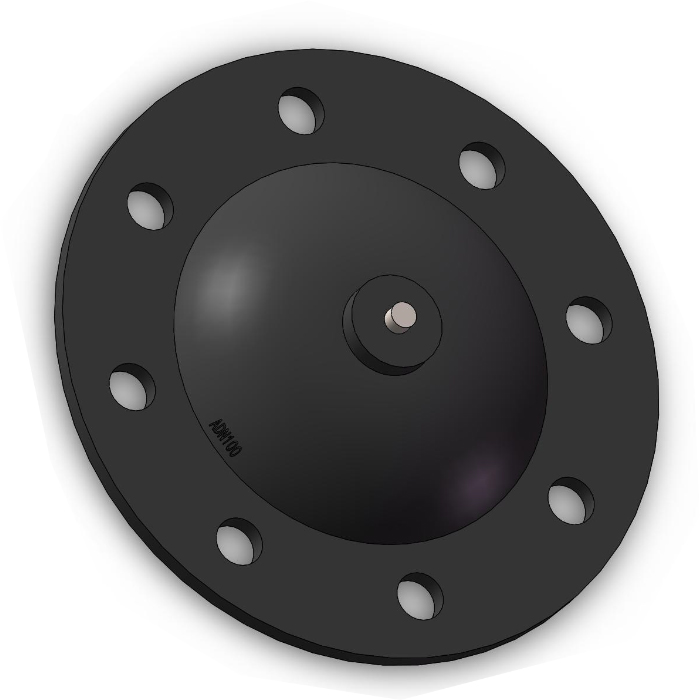
9.Do accelerator pump diaphragm assembly have electrical conductivity properties, and can they be used in applications requiring EMI/RFI shielding?
No, diaphragms do not have electrical conductivity properties and cannot be used in applications requiring EMI/RFI shielding. Diaphragms are typically made of rubber or plastic and are used to control the flow of air or other gases.
10.How do accelerator pump diaphragm assembly contribute to the precision and accuracy of pressure control and regulation systems?
Diaphragms are used in pressure control and regulation systems to provide a precise and accurate control of pressure. They are used to separate the pressure sensing element from the process fluid, allowing for a more accurate and repeatable measurement of pressure. The diaphragm also acts as a barrier to prevent contamination of the sensing element, which can lead to inaccurate readings. The diaphragm also helps to dampen pressure fluctuations, providing a more stable and consistent pressure control.
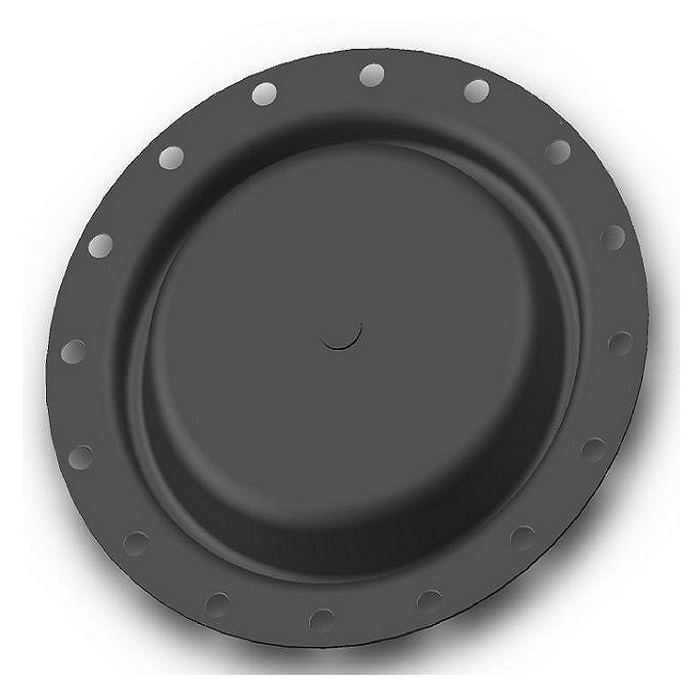
11.Are there accelerator pump diaphragm assembly made from eco-friendly or sustainable materials for environmentally conscious applications?
Yes, there are diaphragms made from eco-friendly or sustainable materials for environmentally conscious applications. These diaphragms are typically made from natural rubber, silicone, or other biodegradable materials. They are designed to be more durable and longer lasting than traditional diaphragms, and they are also designed to be more energy efficient.
12.Can accelerator pump diaphragm assembly be customized for specific applications?
Yes, diaphragms can be customized for specific applications. Depending on the application, the diaphragm can be made from different materials, such as rubber, plastic, or metal, and can be designed to meet specific requirements.
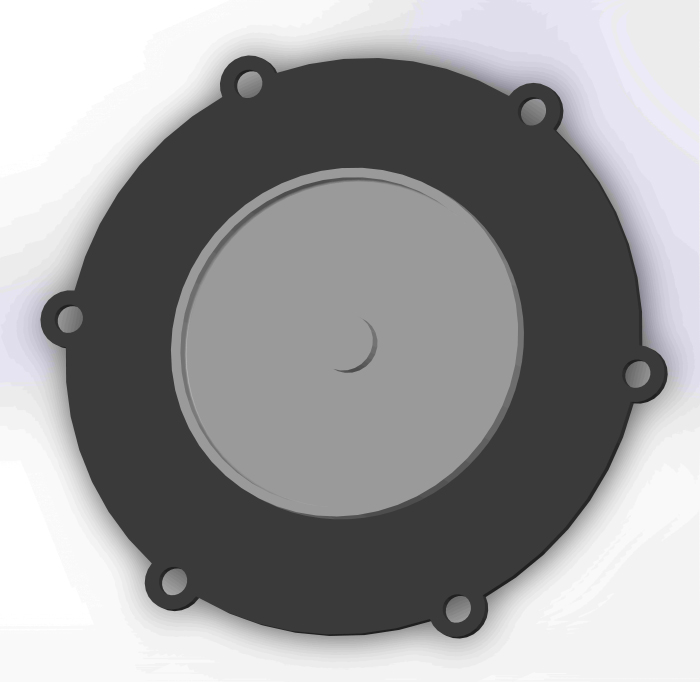
13.What types of sealing mechanisms are commonly used with accelerator pump diaphragm assembly, such as clamped, bolted, or adhesive seals?
In general, accelerator pump diaphragm assembly will use these sealing mechanisms:
1. Clamped Seals: Clamped seals are the most common type of diaphragm seal. They are typically used in applications where the pressure is relatively low and the temperature is not too extreme. Clamped seals are easy to install and provide a reliable seal.
2. Bolted Seals: Bolted seals are used in applications where the pressure is higher and the temperature is more extreme. They are more difficult to install than clamped seals, but provide a more reliable seal.
3. Adhesive Seals: Adhesive seals are used in applications where the pressure is low and the temperature is not too extreme. They are easy to install and provide a reliable seal. However, they are not as reliable as clamped or bolted seals.
14.As a accelerator pump diaphragm assembly manufacturer,how can we guarantee quality?
Always a pre-production sample before mass production;Always final Inspection before shipment.
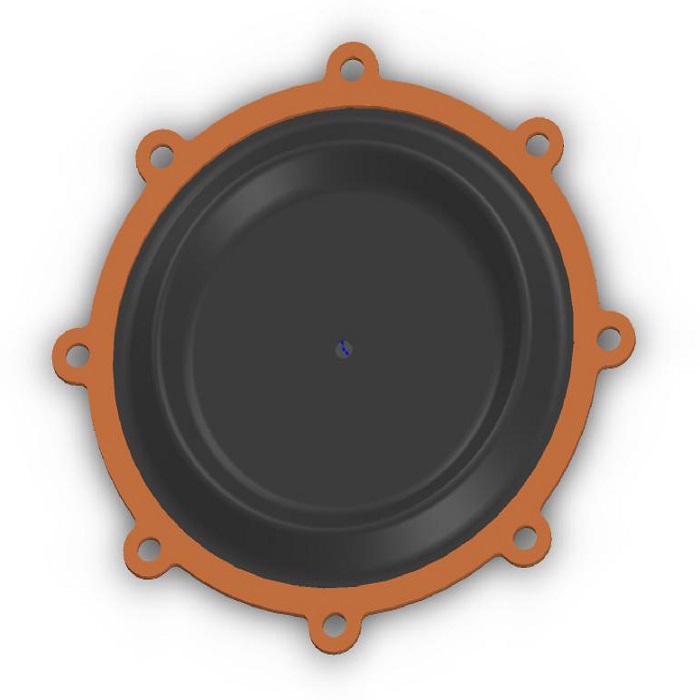
15.How are accelerator pump diaphragm assembly designed to resist abrasion and wear in applications with abrasive media?
Diaphragms are designed to resist abrasion and wear in applications with abrasive media by using materials that are highly resistant to abrasion and wear. These materials include polyurethane, rubber, and other elastomers. The diaphragm is also designed with a thicker wall and reinforced edges to provide additional protection against abrasion and wear. Additionally, the diaphragm may be coated with a protective material such as a fluoropolymer to further reduce wear and tear.
16.What are the key characteristics that make accelerator pump diaphragm assembly suitable for sealing and pressure regulation in different systems?
As a professional accelerator pump diaphragm assembly manufacturer, we believe that its key features include:
1. Flexibility: Diaphragms are flexible and can be designed to fit a variety of shapes and sizes. This allows them to be used in a wide range of applications.
2. Durability: Diaphragms are made from strong materials that can withstand high pressures and temperatures. This makes them suitable for use in high-pressure systems.
3. Low Maintenance: Diaphragms require minimal maintenance and can be easily replaced when needed.
4. Low Cost: Diaphragms are relatively inexpensive compared to other sealing and pressure regulation solutions.
5. Versatility: Diaphragms can be used in a variety of applications, from automotive to industrial.
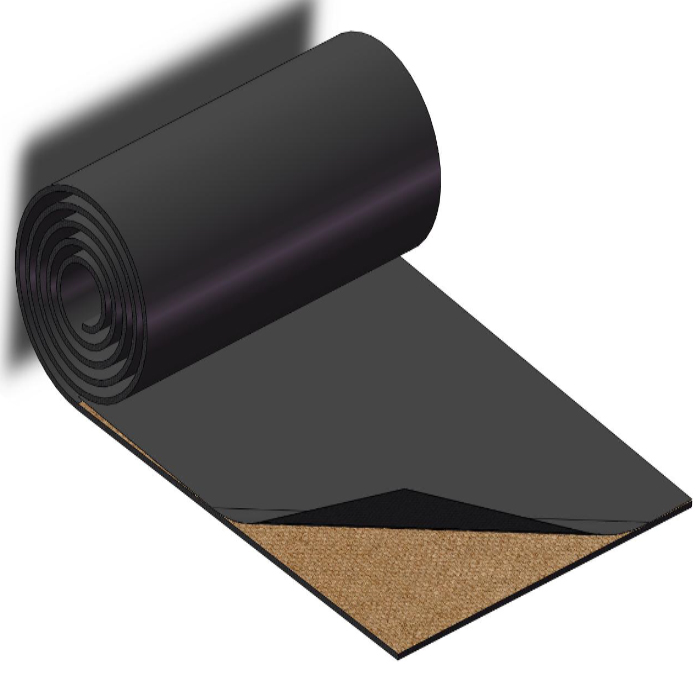
Tags: ac fuel pump diaphragm kit,remco 7 gpm 12v pump diaphragm kit,precision rubber moulded diaphragms,john deere lt133 fuel pump diaphragm

